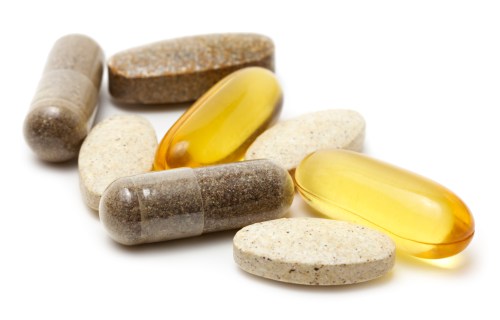Sign Up for Our Daily Newsletter
Get all the latest in wellness, trends, food, fitness, beauty, and more delivered right to your inbox.
Got it, you've been added to our email list.
We like our sunscreens loaded with minerals—that is, zinc oxide and titanium dioxide—not chemicals. These road-tested picks top our list.

Got it, you've been added to our email list.
'Loyalty testers' are blowing up on TikTok. Here's what happened when real women hired them—plus, what dating experts think about the trend.

The right shoes can help you maintain balance during a rowing workout—here are 10 pairs rowing instructors love.

What can you expect today? Discover your zodiac sign's daily horoscope from Well+Good's expert astrologer Stefanie Iris Weiss.

Major revelations await you in your weekly horoscope for April 13 to 19, 2025. Well+Good's expert astrologer explains it all.

Are these supplements all they're cracked up to be, or just another pill to swallow?
